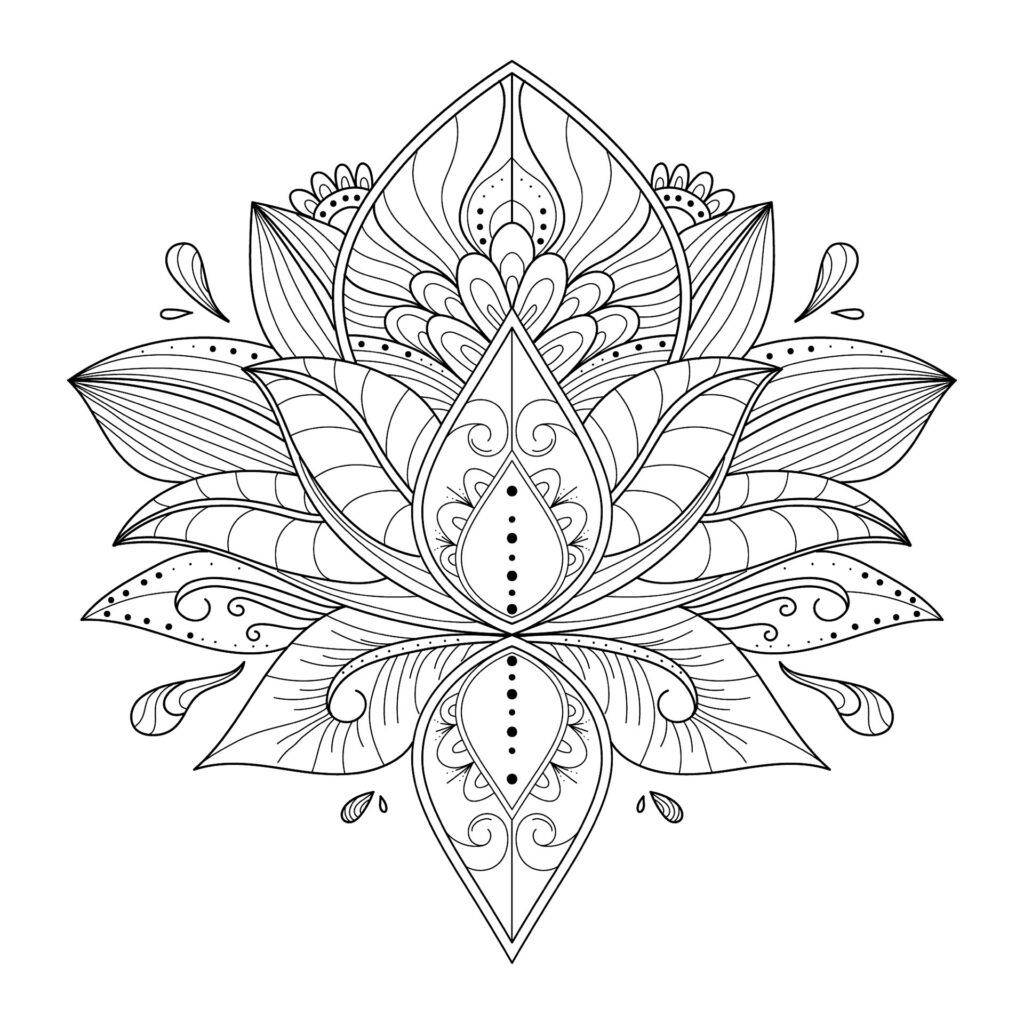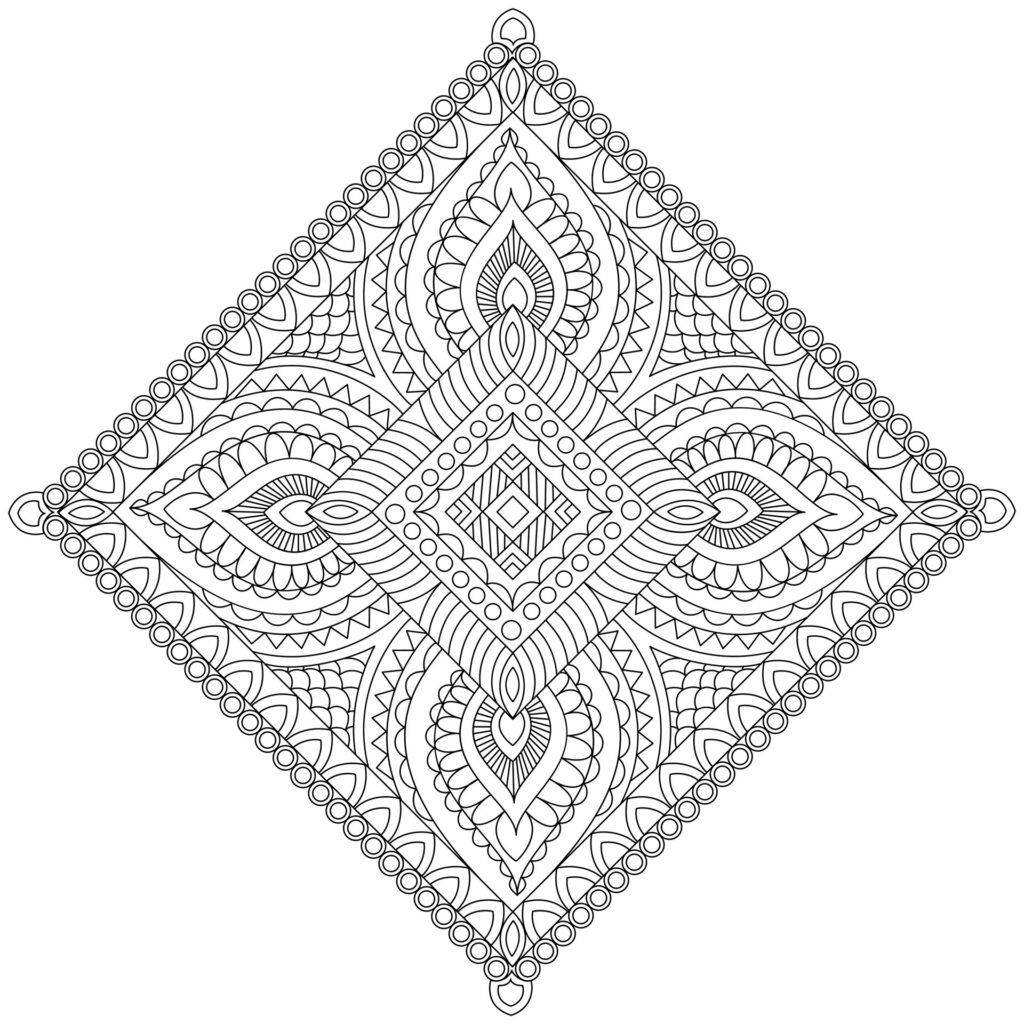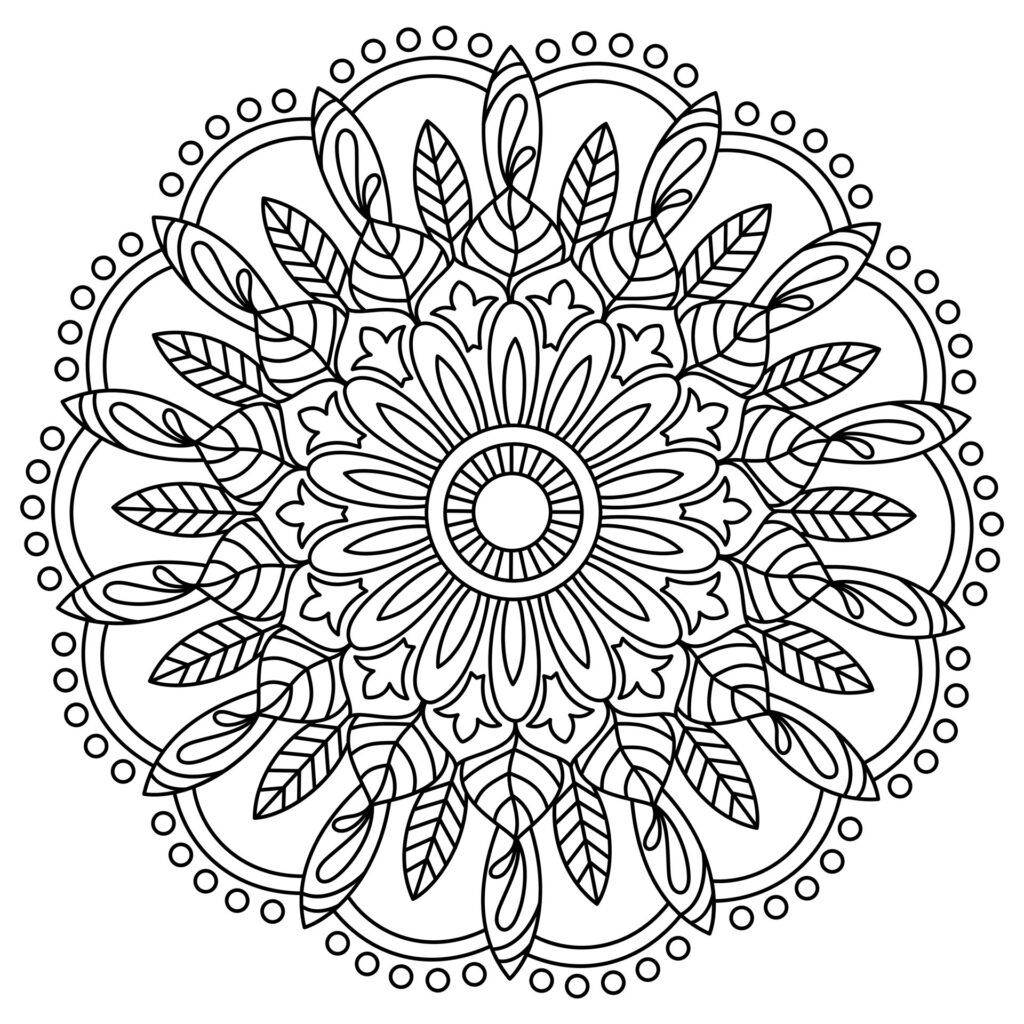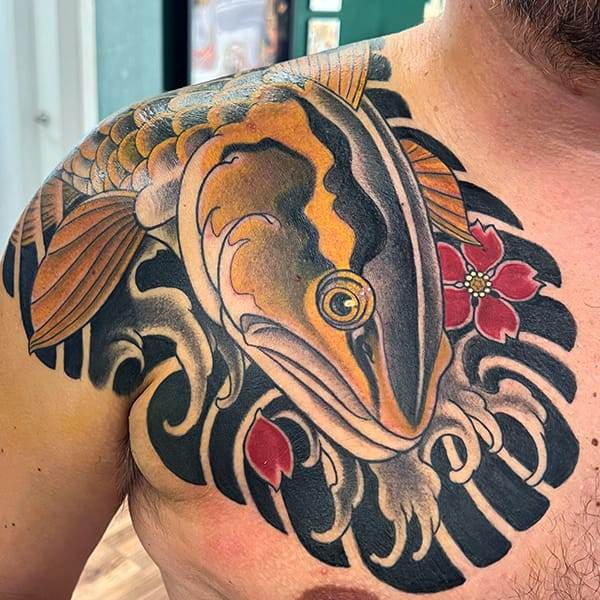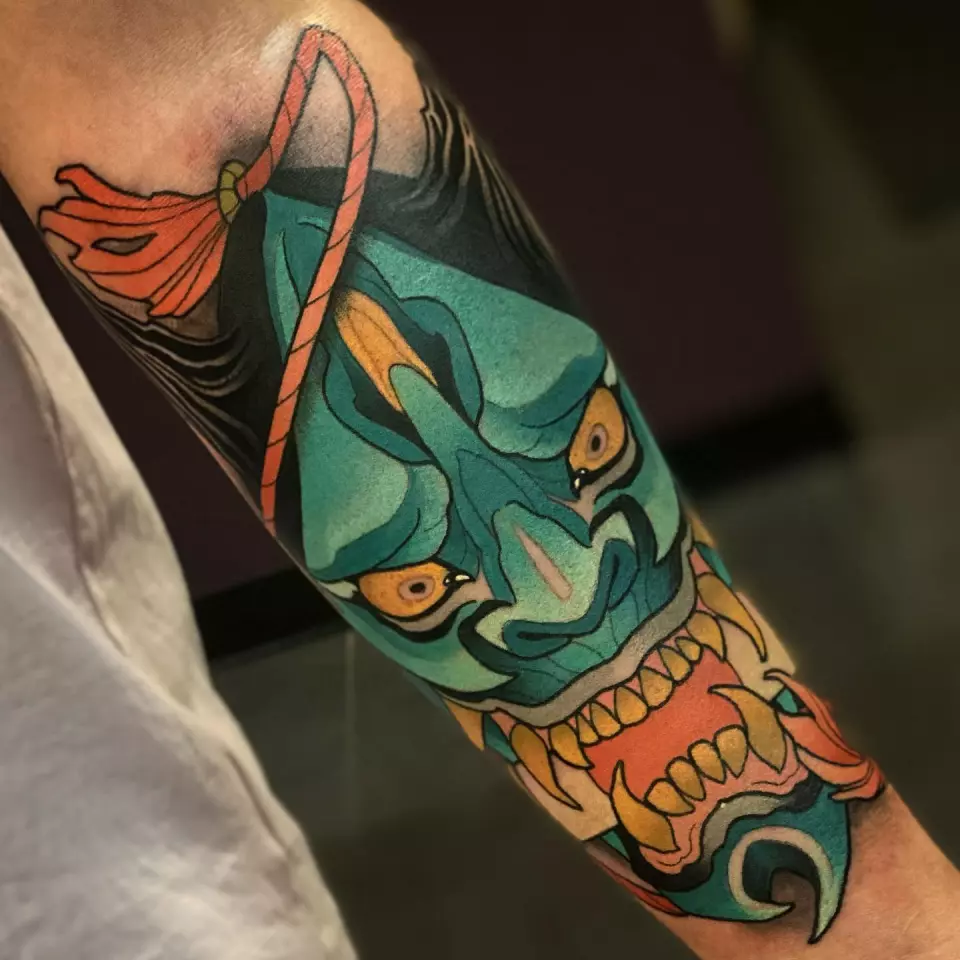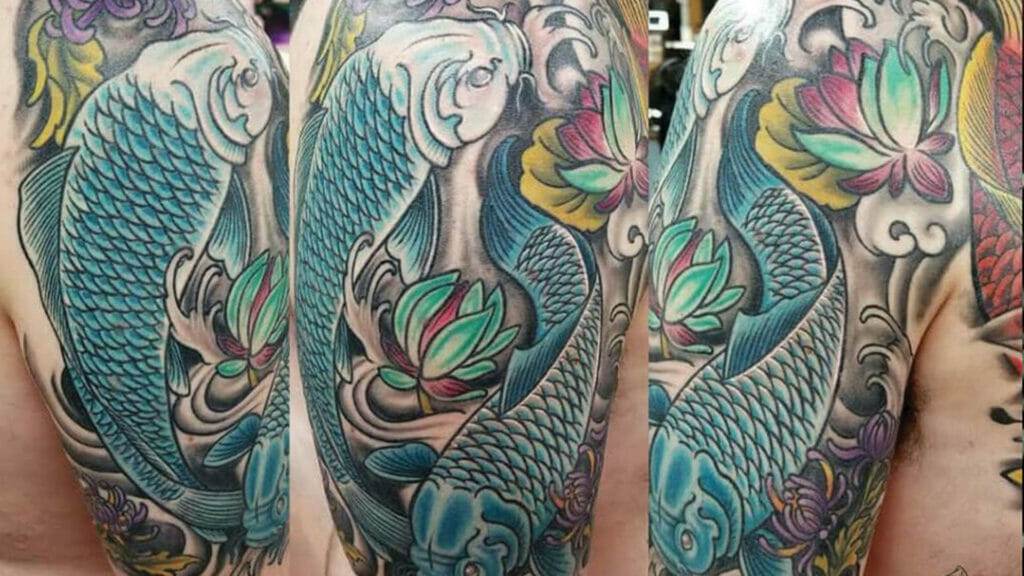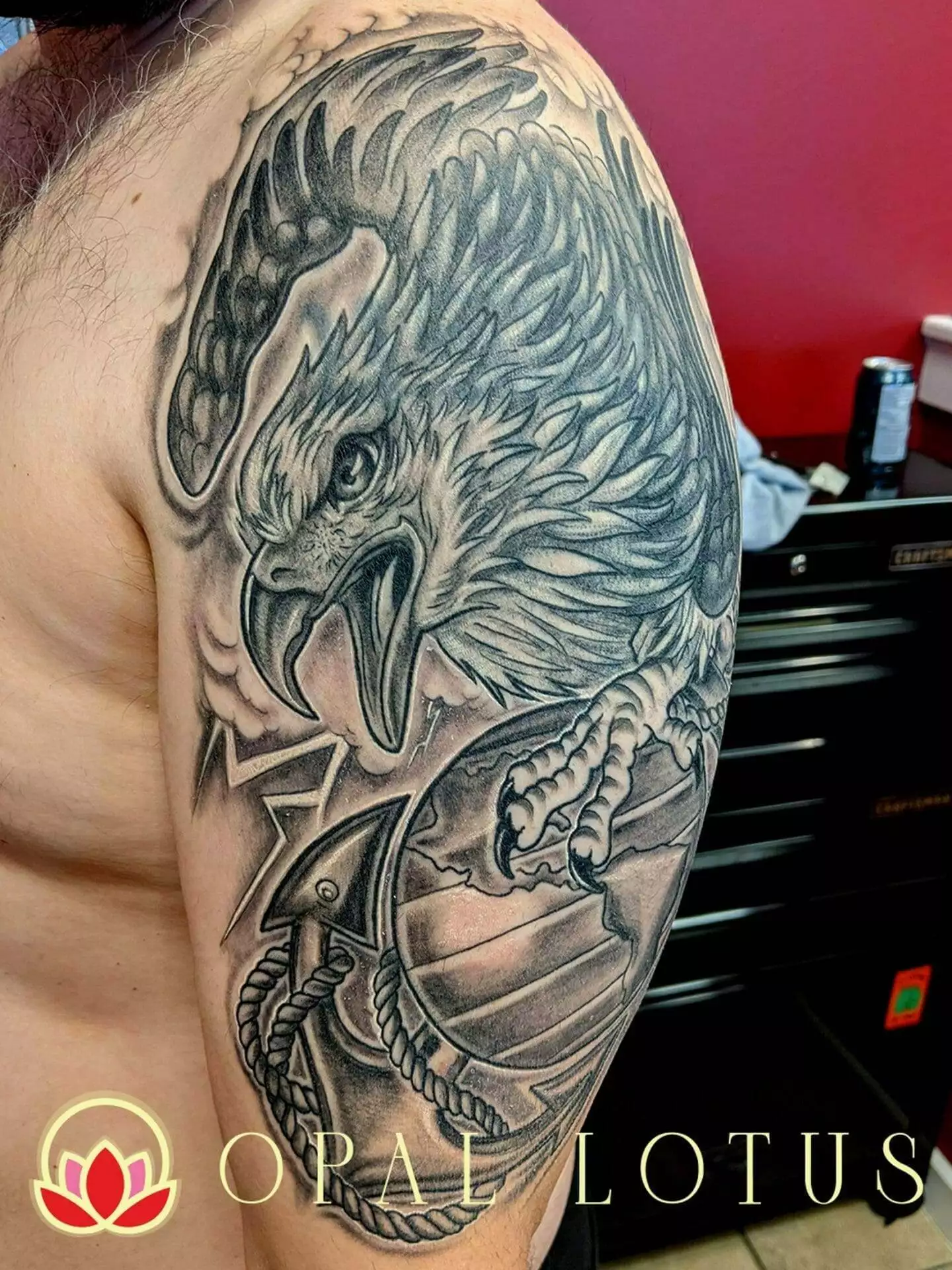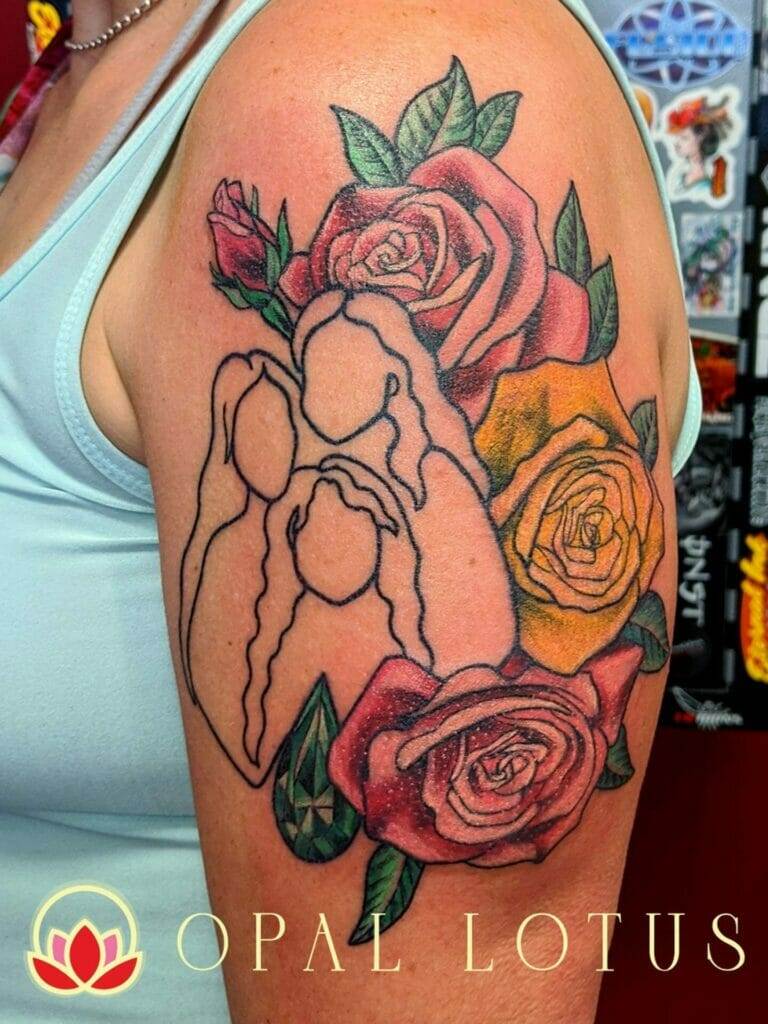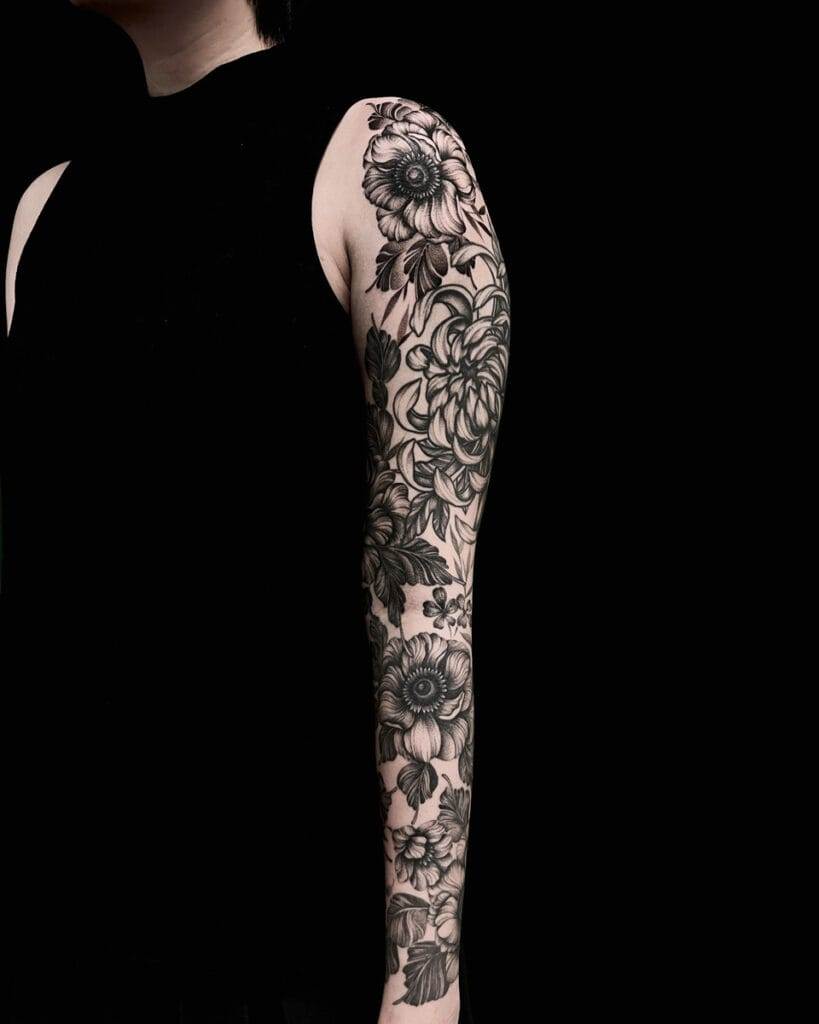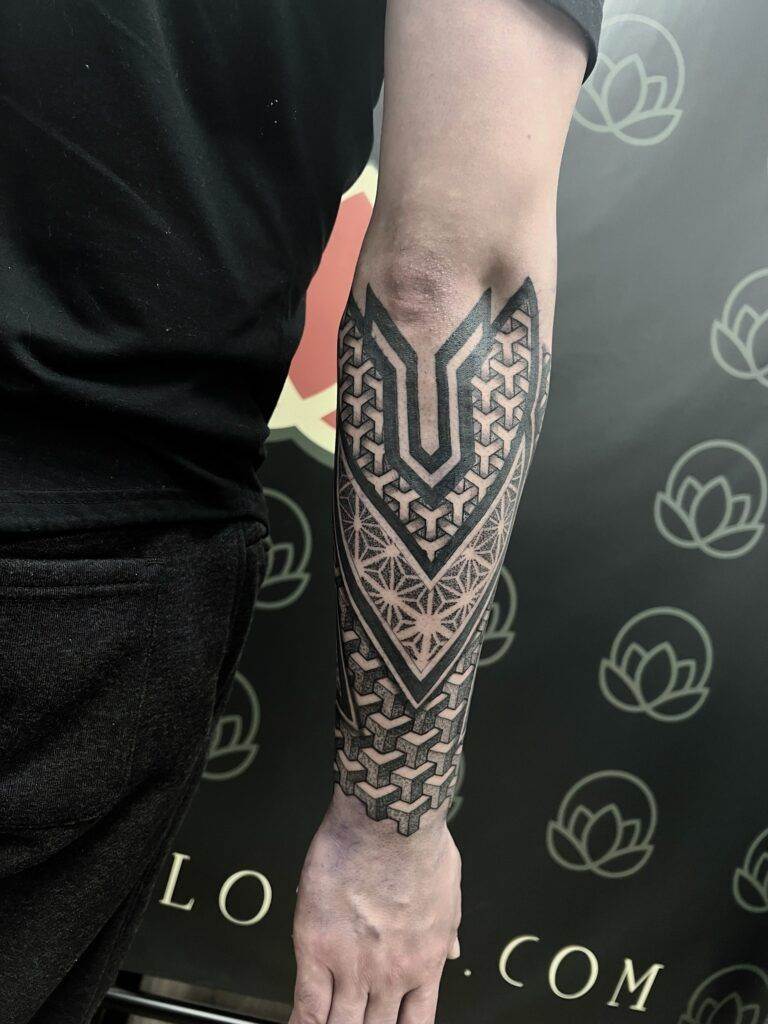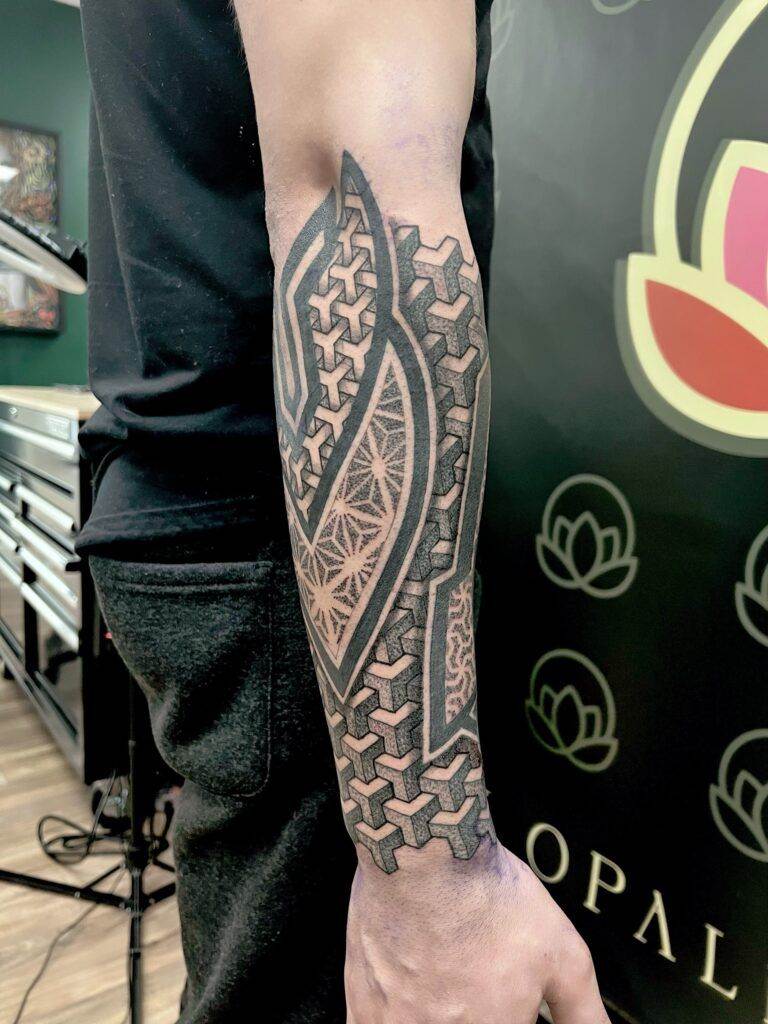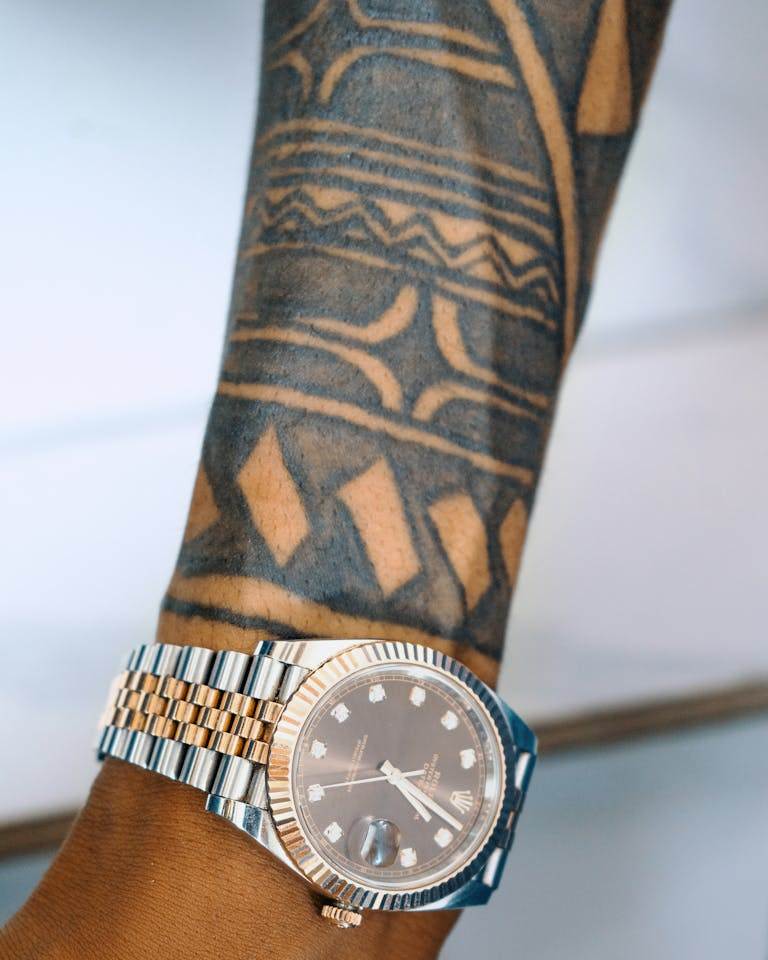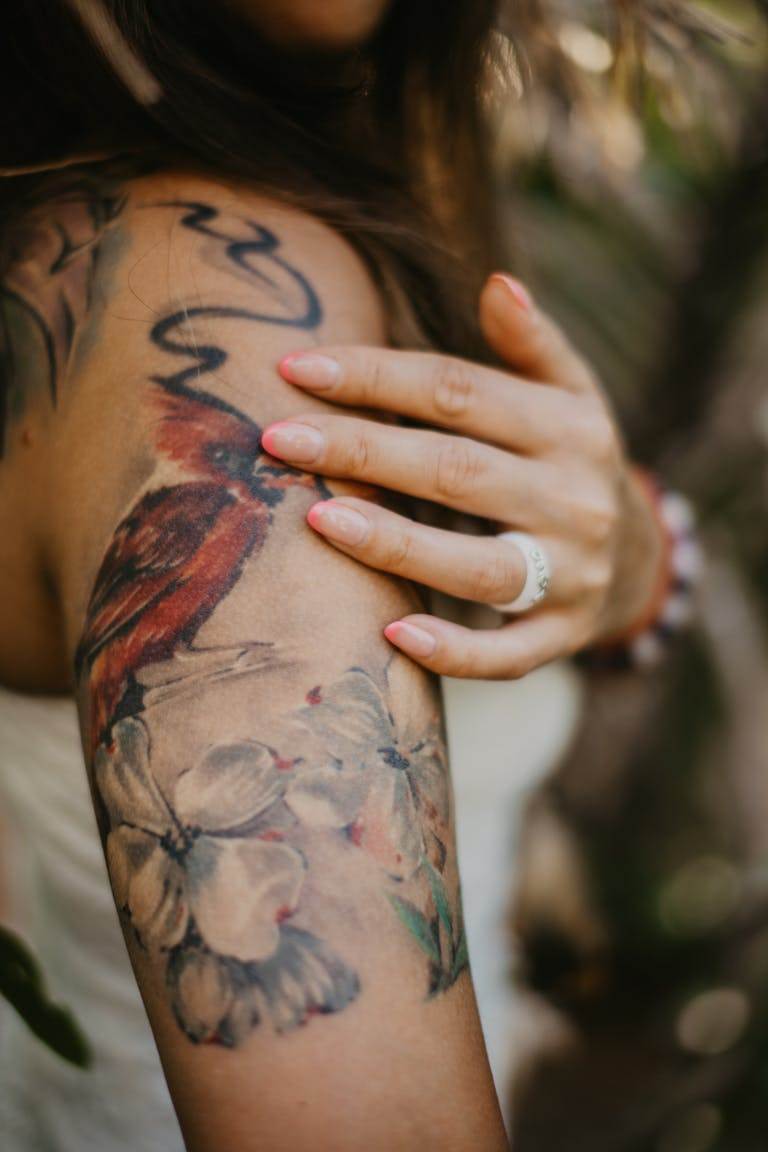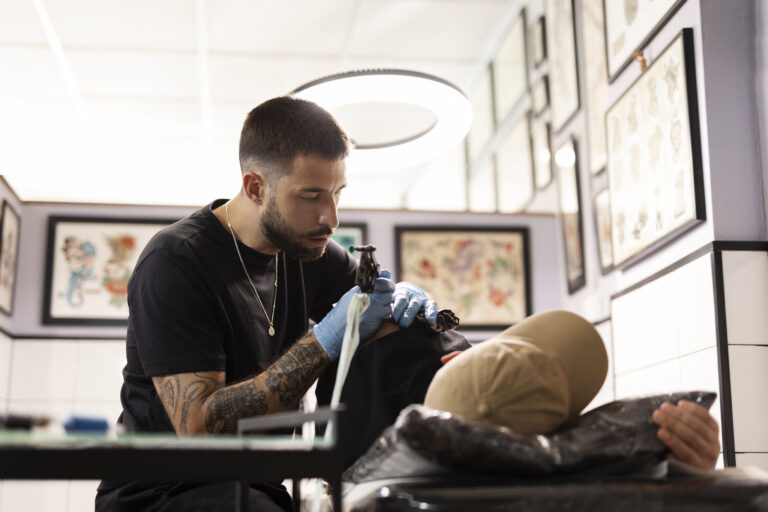Introduction
Brief History of Traditional Tattoos
The history of traditional tattoos is rich and diverse, with roots that extend back thousands of years. Cultures across the globe have embraced tattooing as a significant form of expression, identity, and ritual. For instance:
- Ancient Cultures: Evidence of tattoos can be traced to ancient Egypt, where mummies adorned with intricate designs were discovered, indicating the practice was not merely decorative but held considerable cultural value.
- Polynesian Heritage: In Polynesia, tattooing was seen as a rite of passage, blending both personal and communal identity. It carried deeply symbolic meanings tied to ancestry and achievement.
- Japanese Influence: Japan’s tattoo tradition flourished through the Edo period, where tattoos were viewed not just as art but also as a form of resistance against societal norms.
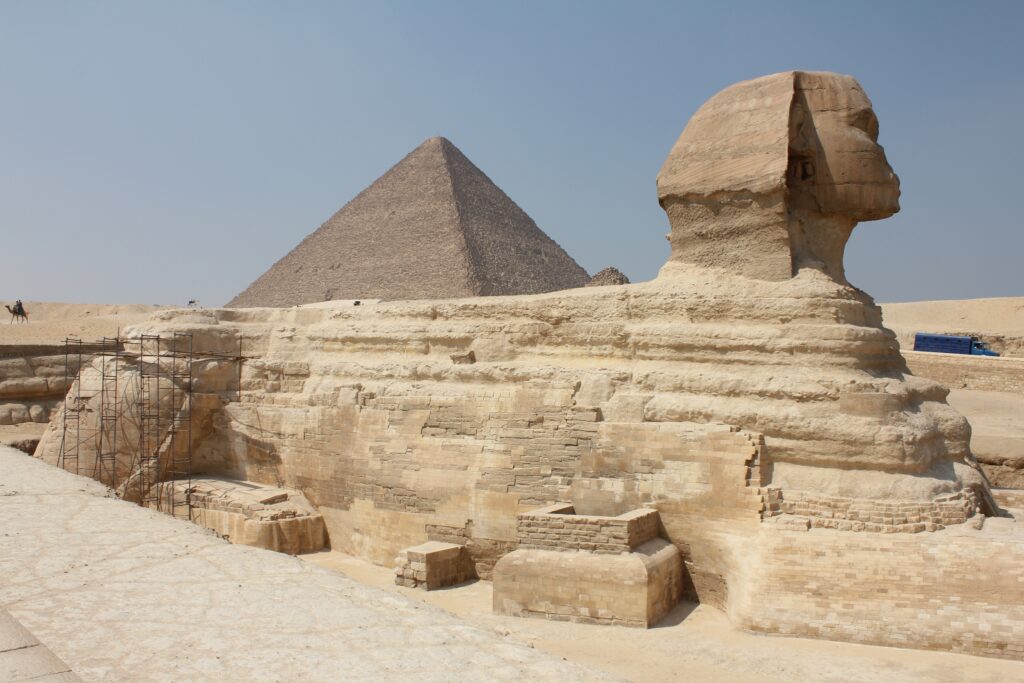
Significance of Traditional Tattoo Designs
Traditional tattoo designs often embody deep meanings that reflect an individual’s beliefs, heritage, and experiences. These tattoos can serve various purposes, such as:
- Cultural Identity: They represent the wearers’ roots and connect them to their ancestors.
- Personal Milestones: Many choose designs to commemorate significant life events, such as triumphs or losses.
- Artistic Expression: Beyond culture, traditional tattoos are expressions of artistry, showcasing unique styles and techniques passed down through generations.
In a dynamic world, these traditional designs continue to thrive, ensuring that the history and significance of tattooing remain vibrant and relevant.
Polynesian Tattoo Designs
Symbolism in Polynesian Tattoos
Polynesian tattoo designs are not only visually striking but also rich in meaning and tradition. Each symbol or pattern carries its own story, often reflecting the values and history of the Polynesian culture.
- Spiritual Connection: Many tattoos symbolize a strong connection between the wearer and their spirituality, often incorporating elements related to nature, ancestors, and the universe.
- Status and Identity: Tattoos are a visible mark of status within a community. Designs can indicate one’s rank, achievements, or family lineage, showcasing pride in heritage.
- Life Events: Certain symbols represent significant milestones, such as bravery in battle or the birth of a child, making them deeply personal.
Popular Polynesian Tattoo Motifs
The beauty of Polynesian tattoos lies in their diverse motifs, each crafted with meticulous detail. Some of the most popular motifs include:
- The Manaia: A spiritual guardian that is often depicted as half bird and half human, believed to protect the wearer.
- The Turtle: Symbolizing longevity, wisdom, and family, turtles are significant creatures in Polynesian mythology.
- The Shark Tooth: Represents strength, protection, and courage, making it a favored choice among those seeking to embody these qualities.
By incorporating these motifs, individuals not only celebrate their cultural heritage but also carry their personal narratives into their tattoos, blending artistry with meaning.
Japanese Tattoo Designs
Tradition and Meaning in Japanese Tattoos
Japanese tattoos, often referred to as “Irezumi,” are steeped in centuries-old traditions and potent symbolism. Originating in Japan’s Edo period, these tattoos were initially associated with the working class and served various social purposes. Today, they represent a rich tapestry of artistic expression and cultural pride.
- Cultural Narratives: Each Japanese tattoo often tells a story, whether it’s from folklore, mythology, or history. This narrative aspect makes each piece unique and deeply personal.
- Spiritual Significance: Many designs are intended to provide protection, good fortune, or spiritual guidance. This belief in the protective power of tattoos is deeply rooted in Shinto and Buddhist philosophies.
- Art Form: The intricate detailing and vibrant colors transformed tattoos into works of art, showcasing the incredible skills of traditional tattoo artists.
Iconic Japanese Tattoo Symbols
Among the most recognizable symbols in Japanese tattoos are:
- Koi Fish: Representing perseverance and strength, the koi fish symbolizes overcoming adversity, making it an inspiring choice for many.
- Cherry Blossoms: These delicate flowers signify the beauty and transience of life, reminding wearers to cherish every moment.
- Dragons: Unlike Western dragons, Japanese dragons are revered protectors that symbolize power, wisdom, and protection.
Collectively, these iconic symbols enrich the meaning of Japanese tattoo designs, turning each tattoo into a personal emblem of identity and life philosophy. By choosing such intricate motifs, individuals embrace a part of Japan’s vibrant cultural heritage while making a statement about their own beliefs and experiences.
American Traditional Tattoo Designs
Origins of American Traditional Tattoos
American traditional tattoos, often characterized by bold lines and vibrant colors, have a captivating history rooted in the early 20th century. Emerging with a blend of European tattooing techniques and Native American motifs, these tattoos gained popularity among sailors, soldiers, and travelers who carried stories and cultures from around the world.
- Sailor Culture: Many of the earliest adopters were sailors who marked their skin with tattoos representing their journeys and experiences. This tradition created a rich tapestry of maritime symbols, such as anchors and swallows.
- Military Influence: As the military expanded, so did the culture of tattooing. The tattoos became symbols of courage and camaraderie among soldiers, reinforcing bonds through shared designs.
- Artistic Evolution: The distinctive style was solidified by artists like Norman “Sailor Jerry” Collins, who combined traditional, bold lines with unique imagery, creating a recognizable aesthetic still celebrated today.
Common Imagery in American Traditional Tattoos
The enduring appeal of American traditional tattoos lies in their vivid imagery and symbolism. Some of the most iconic representations include:
- Skulls and Roses: Often symbolizing the duality of life and death, these designs express a celebration of existence.
- Eagles: Representing freedom and strength, eagles are a patriotic symbol that resonates deeply within American culture.
- Hearts with Banners: A common motif that often includes names or phrases, this imagery represents love and devotion.
These symbols, painted with striking colors and bold outlines, not only create visual impact but also carry heartfelt meanings for those who choose to wear them. By embracing American traditional tattoos, individuals connect with a celebrated heritage while expressing their unique stories and values.
Celtic Tattoo Designs
Cultural Roots of Celtic Tattoos
Celtic tattoos are steeped in a rich cultural history that dates back over a thousand years, reflecting the artistry and spirituality of ancient Celtic societies. Originating from the Celtic tribes in regions such as Ireland, Scotland, and Wales, these tattoos served both decorative and meaningful purposes.
- Historical Significance: The Celts viewed tattooing as a form of body adornment that symbolized identity, helping to distinguish tribes, clans, and social status.
- Spiritual and Mythological Connections: Many Celtic designs are vibrant expressions of folklore, representing gods, nature spirits, and mythical creatures that held significant cultural and spiritual importance.
- Intertwined Patterns: The intricate knotwork found in Celtic tattoos symbolizes the interconnectedness of life and eternity, revealing the Celts’ belief in cycles, nature, and the universe.
Interpretation of Celtic Tattoo Symbols
The power of Celtic tattoo designs lies in their deep symbolism. Consider some of the most beloved motifs:
- Celtic Knots: Often seen as symbols of eternal life and the cycle of nature, these endless loops signify the interconnectedness of humanity.
- Triskele: This three-part spiral represents various triads, such as life, death, and rebirth, or the mind, body, and spirit. It highlights the importance of balance and harmony.
- The Tree of Life: Symbolizing growth, strength, and harmony with nature, the Tree of Life reflects the Celtic reverence for the natural world.
By incorporating these profound symbols into tattoos, individuals not only celebrate their Celtic heritage but also carry forward beliefs and values that resonate deeply with their personal journeys. Each tattoo becomes a unique tapestry of history, spirituality, and identity, inviting wearers to reflect on their life’s connections and experiences.
Native American Tattoo Designs
Cultural Importance of Native American Tattoos
Native American tattoos carry profound cultural significance, deeply intertwined with the spiritual beliefs and historical narratives of indigenous tribes throughout North America. These tattoos served various purposes, from marking important life events to representing tribal identity and connection to nature.
- Rites of Passage: In many tribes, tattoos were a vital part of rituals, signaling important milestones such as coming of age, victories, or significant achievements. They marked transitions and celebrated one’s journey within the tribe.
- Spiritual Connection: Tattoos often embodied spiritual beliefs, with designs reflecting connections to nature, ancestors, and the divine. This sacred aspect emphasized the respect and reverence for the world around them.
- Identity and Heritage: Each tattoo also served as a visible manifestation of tribal identity, showcasing individual lineage and fostering a sense of belonging within the community.
Traditional Native American Tattoo Patterns
The beauty of Native American tattoo designs lies in their intricate and meaningful patterns. Some of the most common elements include:
- Animal Symbols: Animals, such as eagles and wolves, often symbolize strength, wisdom, and guidance, reflecting the deep connections the tribes had with these creatures.
- Geometric Shapes: Lines and shapes like spirals and zigzags often represent movement, eternity, and the cycles of nature, signifying the interconnectedness of life.
- Feathers: Feathers hold immense significance; they often symbolize honor, connection to the spiritual world, and the values of freedom and bravery.
As individuals choose to adorn themselves with traditional Native American tattoos, they foster a connection to the rich cultural legacy and honor the stories and values of indigenous peoples. Each design becomes a unique expression of identity, heritage, and the lasting impact of tradition.
Maori Tattoo Designs
Cultural Heritage of Maori Tattoos
Maori tattoos, known as “Ta Moko,” represent one of the most significant aspects of Maori culture and identity in New Zealand. These tattoos are not merely decorative; they hold deep historical, spiritual, and cultural meanings that reflect the wearer’s lineage, status, and accomplishments.
- Historical Significance: Traditionally, Maori tattoos were a rite of passage, symbolizing the transition into adulthood. As individuals completed important life events, such as marriage or tribal leadership, they would receive tattoos to commemorate these milestones.
- Connection to Ancestry: Ta Moko serves as a visual history, weaving together ancestral stories and tribal affiliations. Each mark and pattern represents a person’s heritage, connecting them to their forebears and their community.
- Cultural Resilience: While Maori culture faced significant challenges due to colonialism, the revival and celebration of Ta Moko today symbolize a broader resurgence of indigenous identity and pride.
Symbolism Behind Maori Tattoo Patterns
The intricate designs of Maori tattoos are rich with symbolism, each carrying distinct meanings:
- Spirals: Often representing growth and transformation, spirals signify the journey of life and personal development.
- Celtic Pāua Shells (abalone): These detailed patterns symbolize strength, protection, and, in some interpretations, the spiritual connection between the wearer and the ocean.
- Line Patterns: Lines form a narrative, weaving together tales of ancestry, tribal history, and personal experiences, each contributing to the collective identity of the wearer.
By embracing Ta Moko, individuals not only adorn their bodies with art but also celebrate and preserve their cultural heritage. Each tattoo emerges as a powerful testament to identity, resilience, and the continuing journey of the Maori people, making it a meaningful and respected form of expression.

